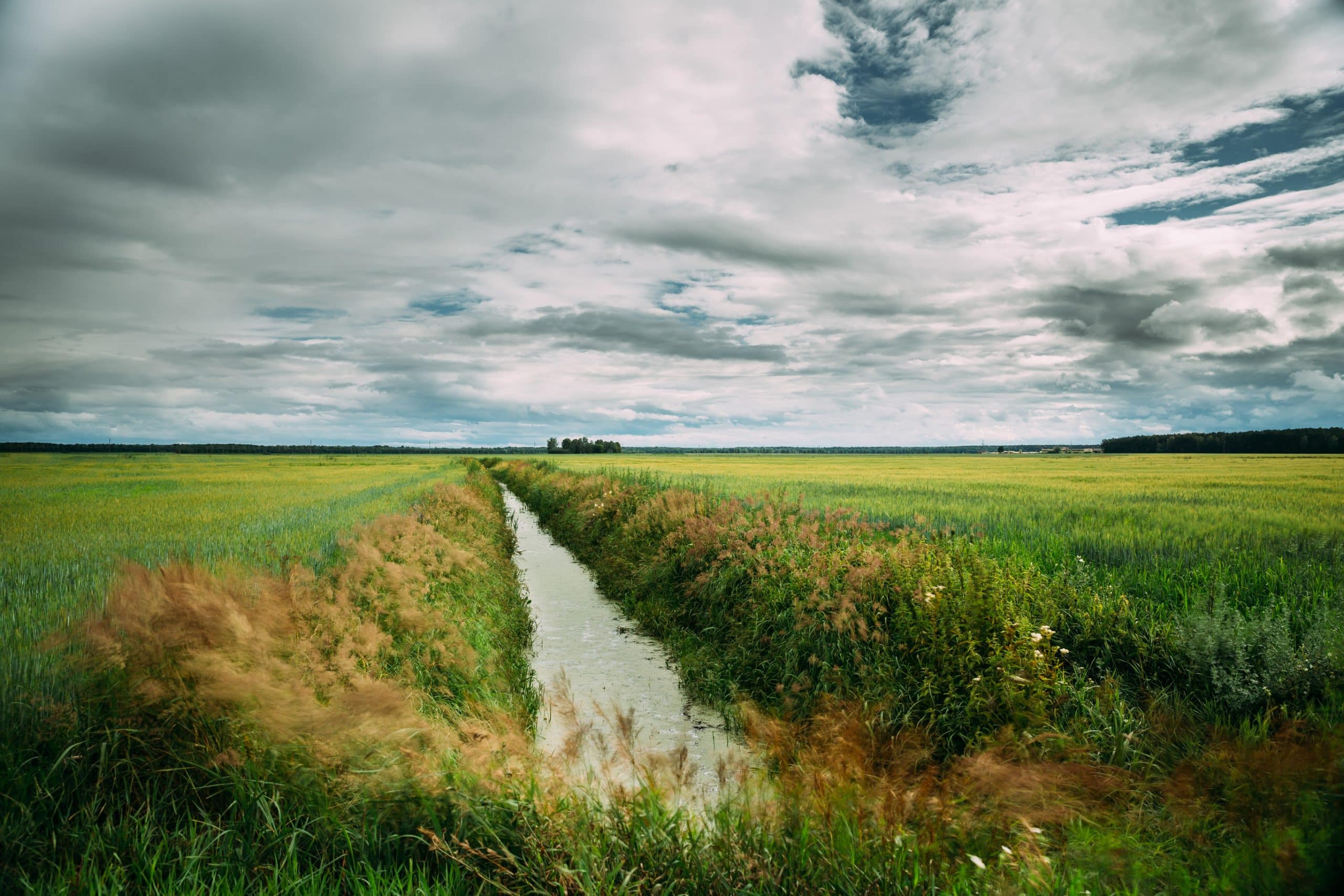How Can Deep Learning Enhance Animation and Visual Effects in Film Production?

In the creative industry, technology is constantly presenting new and exciting ways to bring imagination to life. One such advancement creating a buzz in the field of film production is deep learning – an aspect of artificial intelligence (AI) that uses algorithms to mimic the neural networks of a human mind. This technology is bringing about significant improvements in the domains of animation and visual effects (VFX), revolutionizing filmmaking as we know it.
Deep Learning: A New Wave in The Film Industry
Deep learning technologies have the potential to make a profound impact in the film industry. This technology uses artificial neural networks to process data, to understand, analyze, and learn from it over time, much like the human mind would. This concept, in the context of film production, opens up an array of possibilities that can drastically improve the way movies are made, especially in terms of animation and VFX.
Sujet a lire : What’s the Progress in Self-Healing Materials for Consumer Electronics?
The process of creating animation and VFX is labor-intensive and time-consuming. It involves creating visually rich environments, characters, and effects from scratch. Deep learning has the potential to streamline this process, automating many of the labor-intensive tasks, and reducing the time it takes to create high-quality animation and VFX, providing filmmakers with the tools and technology they need to create visually stunning and engaging films.
Learning From Data: The Power of Deep Learning
Deep learning algorithms are capable of learning from the vast amounts of data that they process. This machine learning technique utilizes layers of artificial neural networks to recognize patterns and extract relevant information from raw input data. In the realm of film production, this data can be anything from images, sound clips, or video footage.
Lire également : Unbox the fun: exploring the world of mystery box machines
One of the most exciting applications of deep learning in the film industry is its ability to create realistic animations. Traditionally, animators have to manually draw and rig each character, which can be a tedious and time-consuming process. However, with deep learning algorithms, this process can be automated. These algorithms can study and learn from the movement of real-life actors and use this data to generate realistic animations. This not only cuts down the time it takes to create an animation but also results in more lifelike and natural movements.
The Role of Deep Learning in VFX
The magic of visual effects in films often lies in their ability to seamlessly blend the real and the imaginary, creating movie universes that captivate audiences. Deep learning technology is further enhancing this process by refining the quality of VFX and the efficiency with which they are produced.
Deep learning algorithms can analyze a database of images and videos to learn about and create visual effects. This technology is being used to improve the process of rotoscoping, which involves tracing over motion picture footage frame by frame to produce realistic action. It can also be applied to improve the quality of green screen compositing, where backgrounds are digitally inserted into scenes.
Moreover, deep learning can assist with character and object recognition in a video, allowing VFX artists to easily manipulate specific elements within a scene. The possibilities are endless and it’s clear that deep learning will continue to play an increasingly significant role in VFX production.
Deep Learning and The Future of Filmmaking
The integration of deep learning in film production is still in its early stages, but the potential it holds is immeasurable. Filmmakers are already utilising this technology to create awe-inspiring animation and visual effects, and as the technology continues to develop, the impact it will have on the industry is sure to be profound.
With deep learning, the movie industry will see faster and more efficient production processes, and the ability to create more complex and realistic animations and visual effects. This technology is set to redefine the boundaries of what is possible in film production, pushing the limits of creativity and storytelling to new heights.
Deep learning and AI are not just tools for the future of filmmaking, they are the future. They represent a new era of technological advancement in film production, an era where creativity is only limited by the imagination, and not by technical constraints.
Remember, the true magic of filmmaking lies in its ability to tell stories that resonate with audiences, to create worlds that captivate and inspire. Deep learning, with its vast potential, is simply a tool that will empower filmmakers to tell their stories more effectively and beautifully.
The Impact of Deep Learning on Post-Production and Real-Time Video Production
A critical aspect of filmmaking is post-production, a stage where visual effects (VFX) are added and enhanced to create the final version of the film. Traditionally, post-production is an arduous process, often taking as long as the filming itself. However, deep learning is set to revolutionize this process.
Incorporating machine learning and neural networks into post-production can automate mundane tasks, thereby allowing VFX artists to focus on more creative aspects. For instance, deep learning algorithms have the ability to recognize patterns in data and can be trained to perform tasks such as color grading and noise reduction. This not only reduces workload but also results in a more consistent output.
Additionally, deep learning plays a significant role in real-time video production. Conventionally, there is a time lapse between the filming of scenes and their transformation on the post-production table. Deep learning, however, is capable of processing visual data in real time. This means that filmmakers can see a near-finished version of their scenes while still on set. This real-time feedback assists directors and cinematographers to make immediate changes, potentially saving time and reducing costs.
The Synergy of Deep Learning and Human Creativity
While deep learning and other AI technology are revolutionizing the film industry, it’s important to remember that they are tools, designed to enhance and not replace human creativity. These tools do not create – they assist creators. They are a means to an end, with the end being the realization of a filmmaker’s vision.
The human element is irreplaceable in filmmaking. Deep learning can generate high-quality animation or special effects, but it is human creativity that imbues these elements with meaning, emotion, and narrative significance. Deep learning can streamline the process of pre-production, production, and post-production, but the storytelling, the heart of any film, remains a distinctly human endeavor.
The power of deep learning in the film industry lies in its ability to enhance and enable human creativity, not to replace it. It’s a partnership, a synergy between artificial intelligence and human ingenuity, which when harnessed, can create films of unparalleled aesthetic and emotional depth.
Conclusion: Deep Learning – The Future of Film Production
In conclusion, the integration of deep learning in the film industry represents a significant step forward in the evolution of filmmaking. As this technology continues to develop, it will undoubtedly bring about changes in all stages of film production, from pre-production to post-production.
Deep learning provides the industry with a powerful tool that has the potential to automate labor-intensive tasks, optimize processes, and produce high-quality visual effects and animations. It presents an opportunity to elevate the realm of virtual production, transforming the way films are made and experienced.
However, it is imperative to remember that deep learning and AI are not replacements for human creativity. They are aids, tools designed to enhance human abilities and to bring our imaginations to life on screen. As we look forward to a future where AI and filmmaking are intertwined, the true essence of film – storytelling – will always remain a human art.
As we move forward into this exciting new era of filmmaking, it is up to us, the filmmakers and audiences, to harness the power of deep learning responsibly and creatively. The world of film is on the brink of a technological revolution, and the opportunities are as vast as our collective imagination.
